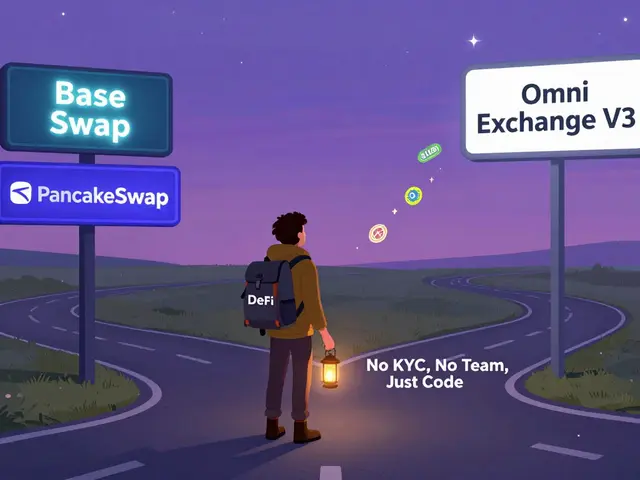Blockchain Validator Requirements
When dealing with blockchain validator requirements, the set of rules and resources needed to run a validating node on a proof‑based chain. Also known as validator rules, these requirements dictate everything from the amount of staking, the crypto you lock up to prove honest behavior, proof of stake you must hold, to the consensus protocol, the algorithm that orders transactions and finalizes blocks, PoS, DPoS the network runs, and finally the hardware specifications, CPU, RAM, storage, and network bandwidth needed for reliable uptime, node specs. In plain terms, a validator must meet three core pillars: lock enough stake, follow the network’s consensus rules, and provision adequate hardware.
Why do these pillars matter? Blockchain validator requirements shape the security and performance of the whole chain. If the staking threshold is too low, anyone could become a validator and potentially attack the network; if it’s too high, decentralization suffers. The consensus protocol influences validator requirements by determining how often nodes must produce blocks and how quickly they must verify transactions. For example, a fast‑finality protocol like Tendermint forces validators to have low latency connections, while a slower, probabilistic protocol such as Ethereum’s Casper allows more leeway in hardware. Meanwhile, the hardware specifications dictate uptime guarantees; a validator with insufficient bandwidth will miss slot assignments, incur penalties, and lose staking rewards. Together, these factors create a feedback loop: better hardware enables more reliable participation, which in turn strengthens the consensus, leading to higher trust in the staking economy.
Below you’ll find a curated set of articles that walk through each of these pieces. We cover how to calculate the optimal amount of stake for popular chains, compare hardware bundles for different consensus engines, explain the nuances of delegated versus pure proof‑of‑stake, and show real‑world examples of validator setups that passed audit checks. Whether you’re a hobbyist looking to join a testnet or an enterprise preparing for mainnet launch, the posts give actionable steps, checklist‑style guides, and risk‑assessment tips. Dive into the collection to see how each requirement plays out in practice and to start building a validator that meets the network’s standards.
Blockchain Validator Requirements: Hardware, Staking & Profitability Guide
Explore the hardware, staking capital, and operational costs needed to run validators on Ethereum, Solana, Tron, Cosmos, Avalanche and more. Get a clear guide to choosing the right setup.





